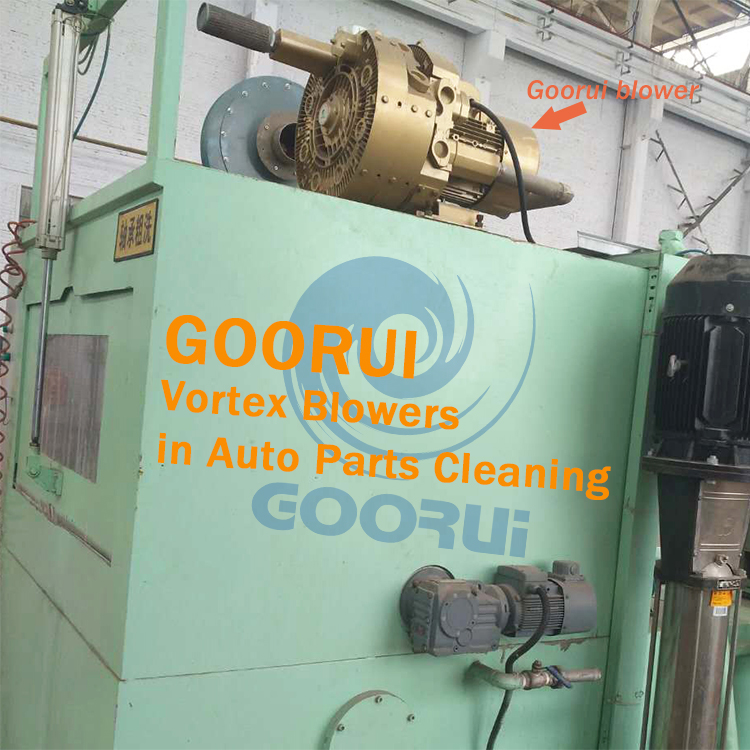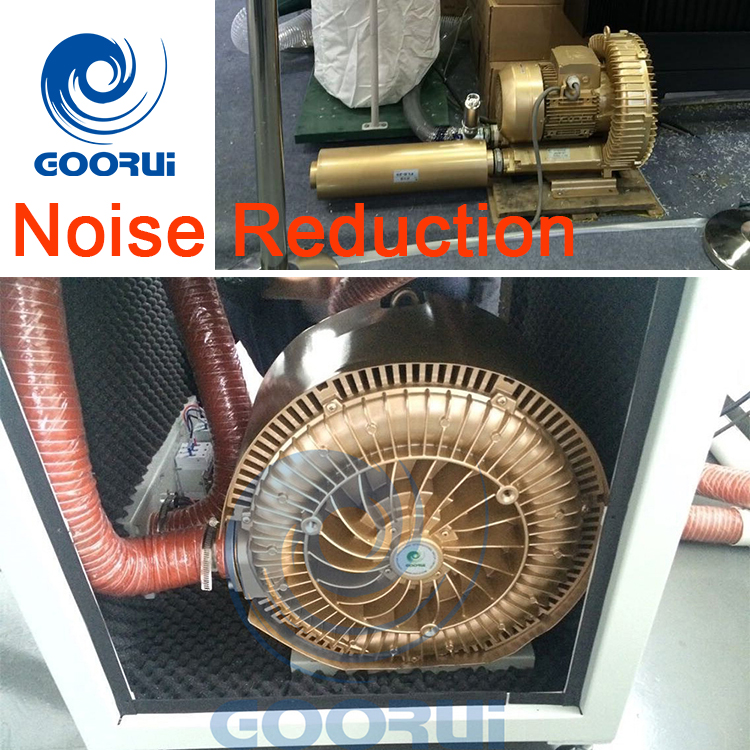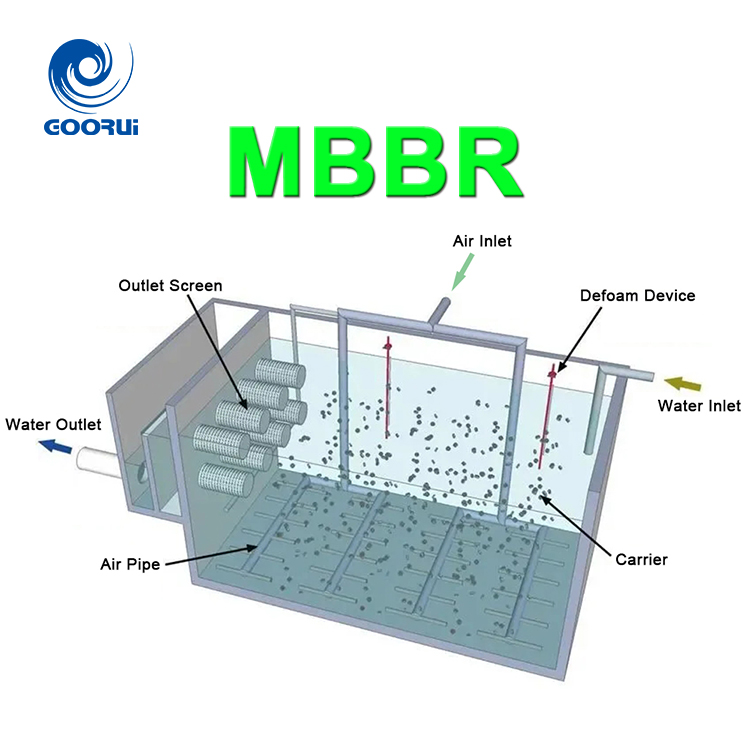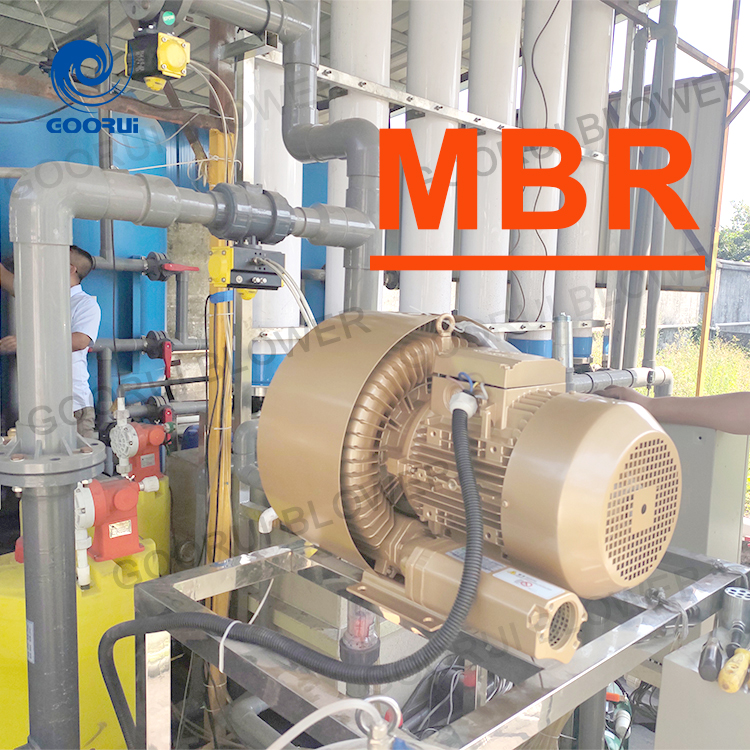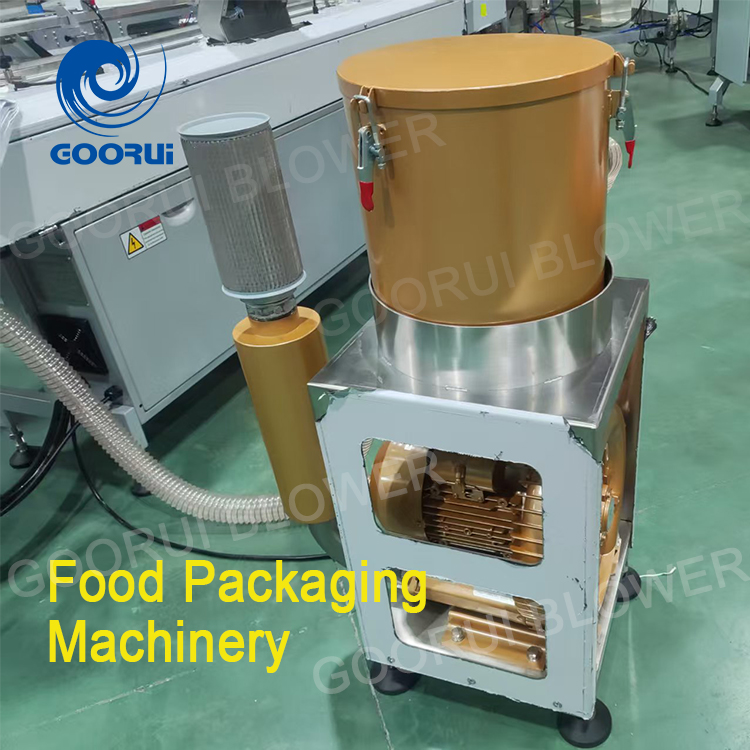Vortex blowers (also known as ring blowers or vortex air pumps) are widely used in auto parts cleaning due to their core characteristics of high pressure, low flow, and oil-free operation. They are particularly suitable for cleaning delicate, multi-cavity parts prone to residue. Essentially, their application uses compressed air’s “purging,” “flotation,” and “agitation” effects to assist or direct the cleaning process, addressing the pain points of traditional water and ultrasonic cleaning, such as difficulty removing residues, slow drying times, and damage to delicate structures.
Core Application Scenarios and Operating Principles
Automotive parts are complex (such as engine parts, transmission parts, electronic components, and brake system parts), and the cleaning requirements for each part vary significantly. The application scenarios of vortex blowers can be categorized by “cleaning stage” and “part type”:
1. Pretreatment: Removal of dry and hard surface impurities
For dry and hard contaminants such as dry welding slag, dust, metal debris, and residual sealant adhering to part surfaces, traditional water washing can easily cause these impurities to clog the cavities. Vortex blowers, however, can directly remove these impurities with high-pressure airflow, preventing them from entering subsequent cleaning steps.
Typical parts: engine blocks/cylinder heads (water and oil channel inlets), transmission housings (bolt holes and seal grooves), and brake calipers (heat dissipation channels).
2. Main Cleaning: Auxiliary Enhancement of Cleaning Performance
During main cleaning processes such as ultrasonic cleaning and spray cleaning, vortex blowers can enhance the activity of the cleaning fluid through “air flotation agitation,” improving cleaning performance in tiny crevices and blind holes.
Typical parts: fuel injection system parts (injectors, fuel pump valve cores), hydraulic system parts (solenoid valve bodies, valve body holes), electronic connectors (pin gaps).
3. Post-processing: efficient drying and residue detection
After cleaning, the parts need to be thoroughly dried (to avoid rust and circuit short circuits), and the presence of cleaning residues needs to be detected. The vortex blower plays a key role in both links:
(1) High-pressure airflow drying replaces traditional “hot air drying” (which can easily cause parts to deform and high temperature to damage electronic components). The vortex blower’s room temperature high-pressure airflow can quickly blow away the residual cleaning liquid on the surface of the parts and in the cavity, and is especially suitable for parts that are sensitive to high temperatures and have multiple cavities.
Application examples: engine pistons (ring groove gaps), gearbox synchronizers (gap between teeth), and automotive ECU housings (heat dissipation holes).
Advantages: Drying efficiency is 5-10 times higher than natural drying, and there is no risk of temperature damage. There are no watermarks on the surface of the parts after drying.
(2) Residue detection: After auxiliary cleaning, parts need to be inspected for residual oil and metal debris. A vortex blower can be used to blow a “testing medium” (such as fluorescent gas or dust-free compressed air) into the part cavity. Special equipment is then used to detect the “carryover” of the medium to determine whether the cleaning standard has been met.
Typical scenarios: aviation-grade automotive engine parts (such as turbocharger intermediates), brake system master cylinders/slave cylinders (hydraulic cavities).
Application Advantages: Why Replace Traditional Air Source Equipment?
In automotive parts cleaning, vortex blowers often replace traditional air source equipment such as air compressors and Roots blowers. Their core advantages are reflected in the following four points:
|
Comparison Dimensions |
Vortex Blower |
| Air source cleanliness | Oil-free design, oil content of output air flow ≤0.01mg/m³, no dust pollution, suitable for precision parts (such as electronic parts, hydraulic parts). |
| Pressure and flow | Air pressure 50-200kPa (suitable for purge and flotation), flow 1-50m³/min, can be precisely adjusted to avoid damage to parts. |
| Operation stability | No mechanical friction parts (such as gears, pistons), low failure rate, continuous operation life can reach more than 10,000 hours. |
| Installation and energy consumption | Small size (only 1/3 of the Roots blower with the same power), can be integrated into the cleaning line, and energy consumption is 20%-30% lower than traditional equipment. |
Selection and Considerations
To effectively use a vortex blower in auto parts cleaning, it’s important to consider both part characteristics and the cleaning process before selecting the right model. Keep the following in mind:
1. Key Selection Parameters
Air Pressure: Select based on the type of contaminants on the part—80-150 kPa is required for purge of dry, hard impurities; 50-100 kPa is required for flotation cleaning; and 60-120 kPa is required for drying.
Flow Rate: Select based on part volume and number of cavities—1-5 m³/min for small parts (such as sensors); 10-25 m³/min for large parts (such as engine blocks).
Material: Cleaning environments are often humid and corrosive (e.g., if the cleaning fluid contains acids or alkalis), so a vortex blower with a cast aluminum housing and stainless steel impeller is recommended to prevent rust.
Protection Level: Cleaning rooms are subject to high levels of dust and moisture, so the blower must meet IP54 protection (dust and splash protection) or above.
2. Operating Precautions
Avoid no-load operation: A vortex blower running no-load can easily overload the motor. Before starting, ensure that the airflow channels (such as nozzles and ducts) are unobstructed and free of blockage.
Control airflow temperature: After extended operation, the blower’s output air temperature will rise (usually ≤60°C). If cleaning heat-sensitive parts (such as rubber seals and electronic components), install an airflow cooler to maintain the temperature below 40°C.
Periodic Maintenance: Clean the air inlet filter every 2000 hours of operation to prevent dust blockage and a drop in air pressure. Inspect the motor bearings every 5000 hours and relubricate as necessary (use oil-free grease to avoid contaminating the air supply).
Typical Application Cases
1.The engine cylinder cleaning line:
Numerous blind holes exist in the cylinder’s water and oil passages, leaving residual cutting fluid even after conventional ultrasonic cleaning. A vortex blower (120kPa pressure, 15m³/min flow) connected to a multi-channel nozzle purges the cylinder’s oil passage inlets. This, combined with a rotating tooling system, achieves 100% removal of residual fluid, reducing drying time from 30 minutes to 5.
2. Automotive electronic sensor cleaning:
Sensors (such as ABS sensors and temperature sensors) have tiny heat dissipation holes in their housings. Residual moisture after cleaning can easily cause short circuits. Using a vortex blower (80kPa pressure, 3m³/min flow rate) for “low-temperature airflow drying” combined with vacuum adsorption tooling prevents damage to sensor pins, increasing the drying pass rate from 95% to 99.8%.
In summary, vortex blowers are core equipment for the “precision, high efficiency, and low damage” cleaning needs of automotive parts cleaning. Their application scenarios have expanded from traditional mechanical parts to high-end fields such as electronic parts and hydraulic parts, and have become one of the standard equipment for cleaning lines in automotive parts manufacturing (especially new energy vehicles and high-end fuel vehicles).


